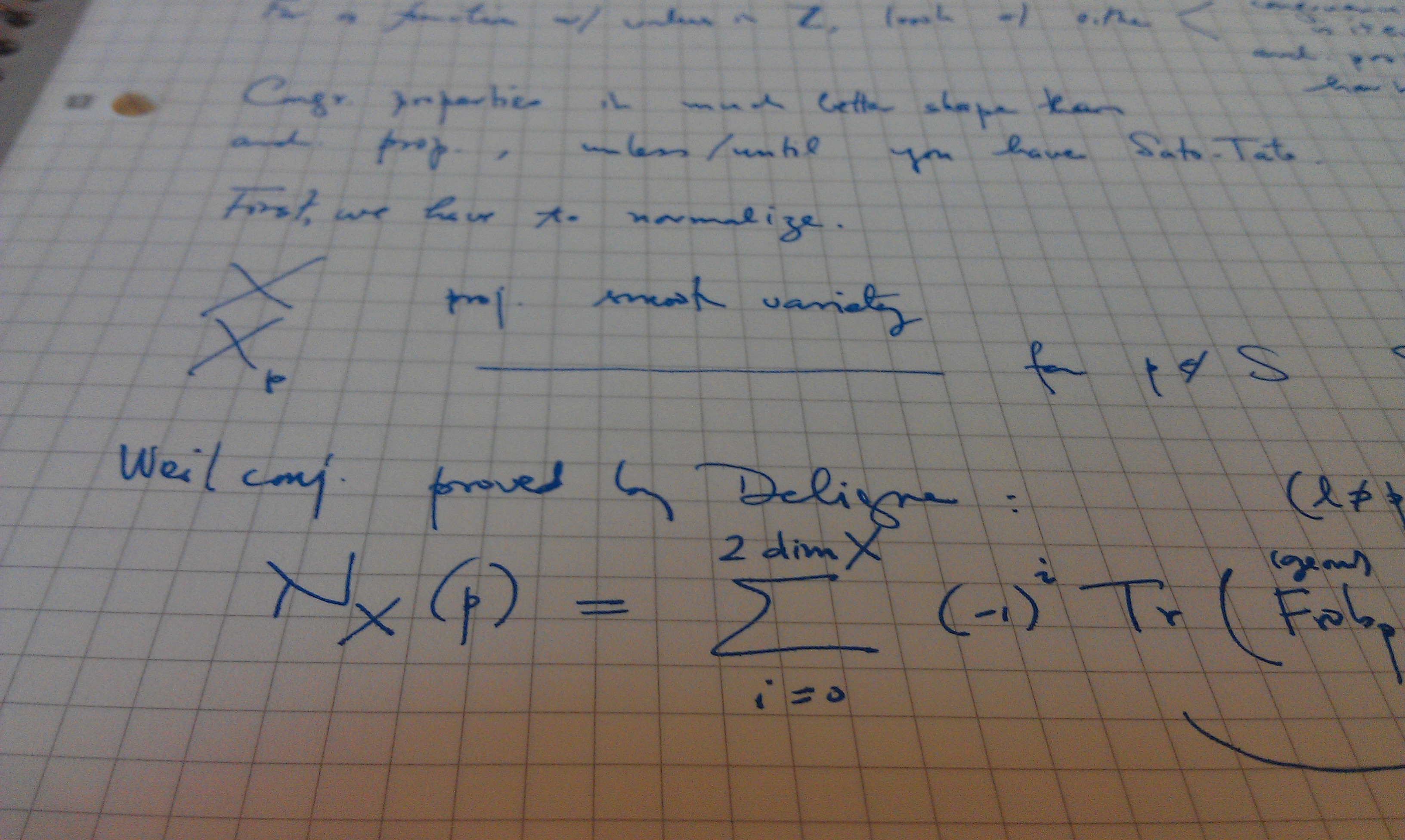Publication Date
2013
Journal or Book Title
Mathematics
Abstract
Let M(q)=∑c(n)qn" role="presentation" style="box-sizing: border-box; max-height: none; display: inline; line-height: normal; overflow-wrap: normal; white-space: nowrap; float: none; direction: ltr; max-width: none; min-width: 0px; min-height: 0px; border: 0px; padding: 0px; margin: 0px; color: rgb(34, 34, 34); font-family: Arial; position: relative;">M(q)=∑c(n)qnM(q)=∑c(n)qn be one of Ramanujan’s mock theta functions. We establish the existence of infinitely many linear congruences of the form: c(An+B)≡0 (modlj)" role="presentation" style="box-sizing: border-box; max-height: none; display: inline; line-height: normal; overflow-wrap: normal; white-space: nowrap; float: none; direction: ltr; max-width: none; min-width: 0px; min-height: 0px; border: 0px; padding: 0px; margin: 0px; color: rgb(34, 34, 34); font-family: Arial; position: relative;">c(An+B)≡0 (modlj)c(An+B)≡0 (modlj) where A is a multiple of l and an auxiliary prime, p. Moreover, we give an effectively computable upper bound on the smallest such p for which these congruences hold. The effective nature of our results is based on the prior works of Lichtenstein [1] and Treneer [2].
DOI
https://doi.org/10.3390/math1030100
Volume
1
Issue
3
License
UMass Amherst Open Access Policy
Creative Commons License

This work is licensed under a Creative Commons Attribution 4.0 License.
Recommended Citation
Andersen, Nickolas; Friedlander, Holley; Fuller, Jeremy; and Goodson, Heidi, "Effective Congruences for Mock Theta Functions" (2013). Mathematics. 1311.
https://doi.org/10.3390/math1030100
